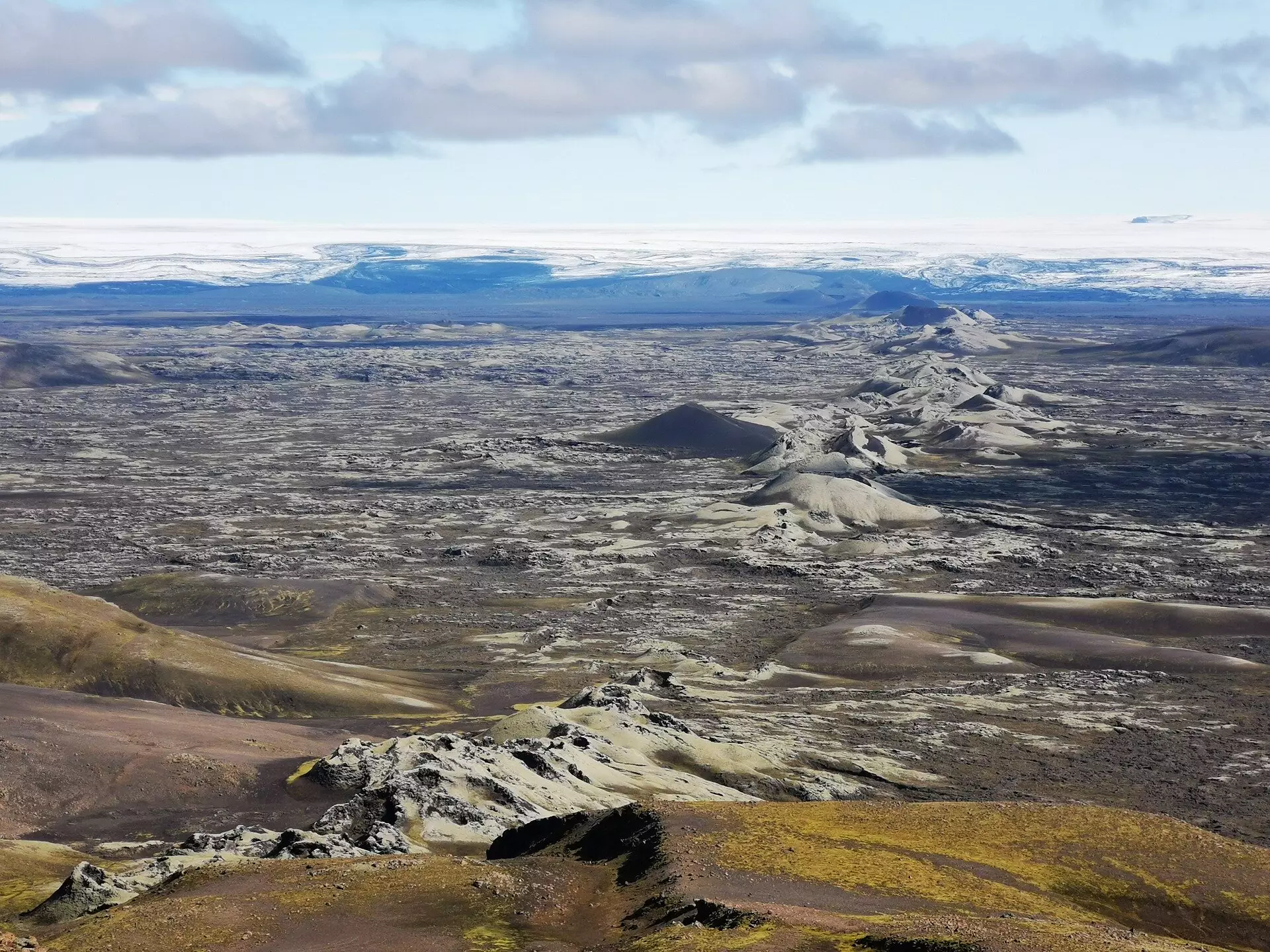For the first time in scientific history, the detailed movements of Earth’s tectonic plates over the span of 1.8 billion years have been systematically reconstructed. Using geological evidence embedded in the rocks found on the planet’s surface, researchers are piecing together a timeline of Earth’s evolution that stretches back to nearly half of its existence. Spearheaded by Xianzhi Cao from the Ocean University in China, the findings have been published in the open-access journal Geoscience Frontiers. This groundbreaking work serves as a testament to the dynamic nature of our planet and showcases a stunning visual narrative chronicling the continental shifts that shape the Earth we know today.
The initial artful depiction of Earth is followed by a fascinating journey through time. The animation shows the rapid descent of the Indian continent, the disintegration of the ancient supercontinent Gondwana, and a reunion of immense landmasses forming Pangea approximately 200 million years ago, during the age of the dinosaurs. As this timeline progresses, earlier supercontinents such as Rodinia and Nuna come into view, illustrating the complex and interwoven history of geological formations.
Earth is distinct in our solar system, owing largely to the presence of plate tectonics. Unlike other celestial bodies, Earth has a rugged surface composed of tectonic plates that constantly engage in a slow yet relentless dance. This inter-plate interaction is responsible not only for the creation of mighty mountain ranges and deep oceanic trenches but also for triggering natural phenomena such as earthquakes and volcanic eruptions.
The implications of these geological processes extend beyond mere physical formations. The cyclical grinding and separating of tectonic plates bring minerals from beneath the earth to the surface, where they become vital components of the ecosystem. Elements such as phosphorus, crucial to DNA synthesis, and molybdenum, essential for nitrogen assimilation in living organisms, emerge through these geological processes. Furthermore, plate tectonics play an intricate role in regulating carbon dioxide levels in the atmosphere, thus profoundly influencing Earth’s long-term climate.
The reconstruction of Earth’s tectonic past represents only the starting point for a more comprehensive digital model of our planet’s history. Such a model has the potential to answer historical riddles, such as the reasons behind extreme climate fluctuations, including periods of glaciation often referred to as “Snowball Earth.” As we delve deeper into the ancient interactions between the underworld and Earth’s surface, we can better contextualize the evolution of life on our planet.
Notably, evidence of complex cells, which include all multicellular organisms, dates back to 1.65 billion years, aligning with the emergence of the supercontinent Nuna. By further investigating the mountains formed during this era, researchers aim to uncover the connection between geological activity and the availability of essential elements that fueled the evolution of complex life forms.
The intricate relationship between plate tectonics and atmospheric chemistry cannot be overlooked. As plate tectonics alter Earth’s physical geography, they also dictate how elements such as oxygen become dispersed throughout the ecosystems. This dispersion enables important metals like copper and cobalt to be dissolved in oceanic waters, where, under precise conditions, they can crystallize into ore deposits.
By examining the historical tectonic layouts, scientists can better understand mineral distribution and assist in locating previously hidden metal-rich deposits that lay beneath younger mountain ranges. Such insights are valuable not only for geological research but also for the burgeoning field of mineral exploration in our quest for sustainable resources.
As humanity continues to explore outer space and search for terrestrial analogs on other planets, it is paramount to remember that our understanding of Earth remains in its infancy. With 4.6 billion years of geological history encapsulated in the rocks beneath our feet, the recent sketches made of the last 1.8 billion years are merely the beginning of a larger exploration. While this initial mapping is a substantial step forward, it is just the first of many iterative advancements expected in the coming years. Future research promises to enhance our understanding of the complex mechanisms that govern geological activity and their implications for life on Earth, ultimately contributing to the grand narrative of our planet’s past and future.


Leave a Reply